Swimmers are known for their strong, streamlined physiques—but even elite swimmers can struggle with posture imbalances. Hours spent in the water, repetitive strokes, and muscle imbalances can lead to rounded shoulders, forward head posture, and a hunched upper back. While swimming is excellent cardiovascular exercise, it’s often not enough to correct these postural issues on its own.
The good news? You don’t need high-impact workouts or heavy lifting to fix your posture. Low-impact cardio routines—especially when paired with mindful movement and consistency—can strengthen postural muscles, improve spinal alignment, and enhance overall body awareness. This guide offers 10 science-backed, low-impact cardio strategies tailored for swimmers, with short routines and simple daily habits you can start today.
Proper posture isn’t just about looking confident—it directly affects swimming efficiency, stroke mechanics, and injury prevention. Poor posture can limit lung capacity, reduce stroke length, and increase drag in the water. Over time, muscular imbalances from swimming (especially freestyle and butterfly) can pull the shoulders forward and weaken the upper back.
Low-impact cardio helps by activating core stabilizers, improving circulation to tight muscles, and promoting symmetry in movement patterns—all without stressing the joints.
Cycling is a joint-friendly cardio option that, when done with attention to form, can strengthen the glutes, hamstrings, and lower back—key muscles for maintaining a neutral spine.
👉 Tip: Adjust your bike so your back stays flat and elbows slightly bent. Perform 15–20 minutes, 3x/week, focusing on sitting tall and engaging your core throughout.
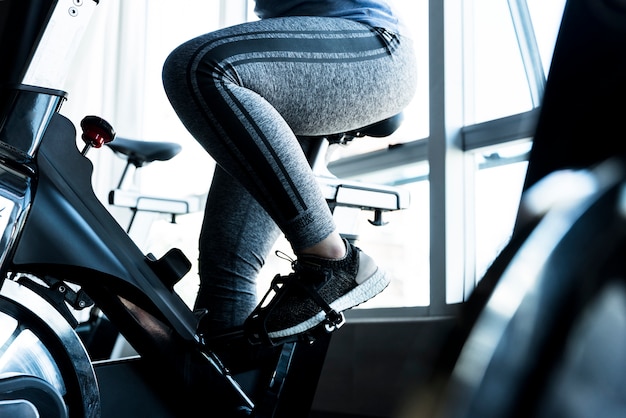
Walking uphill increases cardiovascular demand without impact. It also activates the posterior chain—glutes and spinal extensors—that support upright posture.
👉 Routine: 10-minute warm-up at 3% incline, then alternate 2 minutes at 8% with 1 minute at 3% for 20 minutes. Keep shoulders back and gaze forward.
The elliptical mimics swimming’s range of motion while encouraging full-body coordination. Using the moving handles engages upper back and shoulder muscles often underused in water.
👉 Habit: Use reverse motion occasionally to activate different muscle groups and promote scapular retraction.
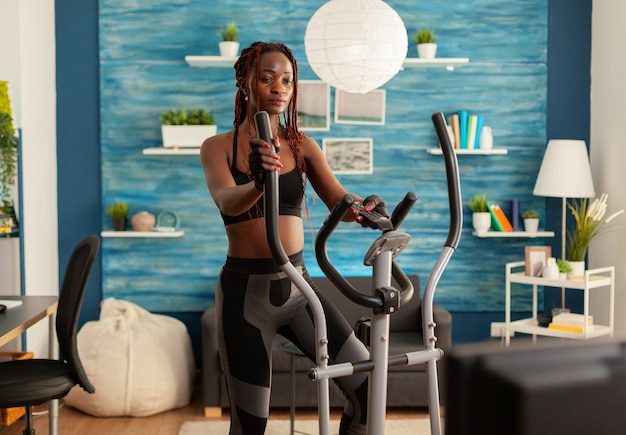
Rowing is one of the best low-impact cardio exercises for posture. It strengthens the rhomboids, lats, and core while promoting thoracic extension.
👉 Short Routine: 5 rounds of 1-minute rowing (focus on squeezing shoulder blades) + 1-minute rest. Repeat 3x/week.
Aqua jogging provides resistance with zero joint stress. It encourages upright alignment and activates core muscles similar to swimming—but in a neutral spine position.
👉 Tip: Use a flotation belt and keep your head in line with your spine. Aim for 20 minutes, 2–3 times weekly.
Recumbent bikes support the lower back while still offering cardiovascular benefits. They’re ideal for swimmers with tight hip flexors or lower back discomfort.
👉 Habit: Periodically lift hands off handles and press shoulders down and back to engage upper back muscles.
Using walking poles increases upper body engagement and promotes scapular stability. It’s excellent for counteracting the forward pull of swimming strokes.
👉 Routine: 30-minute walk with poles, focusing on long strides and full arm extension behind the body.

Dance workouts improve coordination, balance, and body awareness. Choose low-impact versions that emphasize torso control and shoulder mobility.
👉 Tip: Stand in front of a mirror to monitor posture and alignment during movements.
Stair climbing strengthens glutes and hip extensors, which help maintain pelvic neutrality—a foundation for good posture.
👉 Habit: Keep your chest lifted and avoid leaning on the handrails. Try 10 minutes daily.
Cardio helps, but consistency in daily habits seals the deal. Try these simple practices:
Improving posture as a swimmer doesn’t require drastic changes. By integrating low-impact cardio like cycling, walking, and rowing into your routine—and pairing them with mindful habits—you can correct imbalances, move more efficiently, and swim stronger.
Start with just one or two of these routines. Track how your body feels after two weeks. Over time, better posture will not only enhance your performance but also support long-term joint and spinal health.

Fitness

Fitness

Fitness

Fitness

Fitness
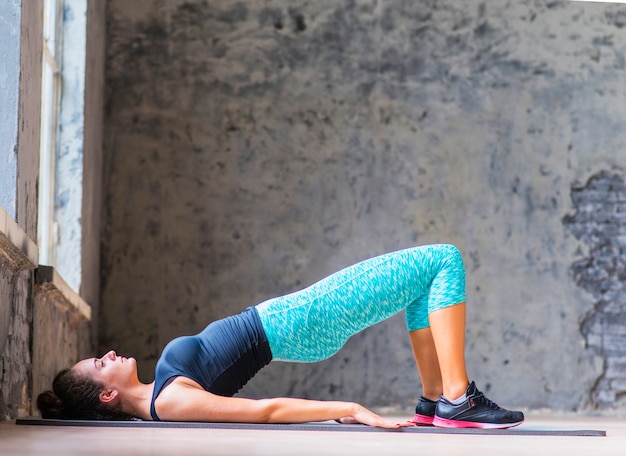
Fitness

Fitness
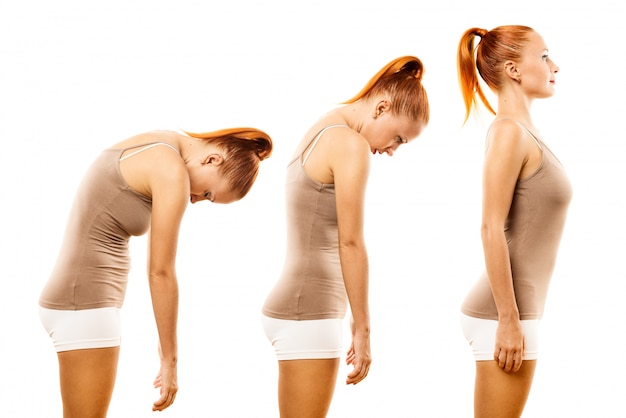
Wellness

Fitness

Fitness
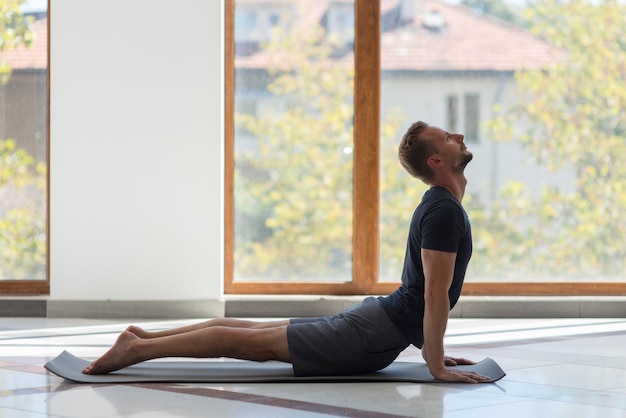
Wellness
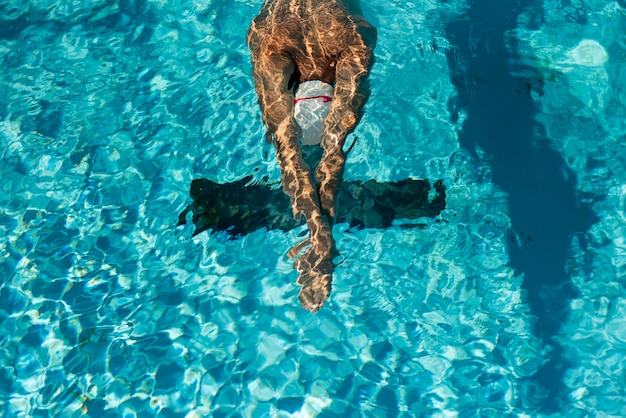
Fitness

Health

Fitness

Health

Health